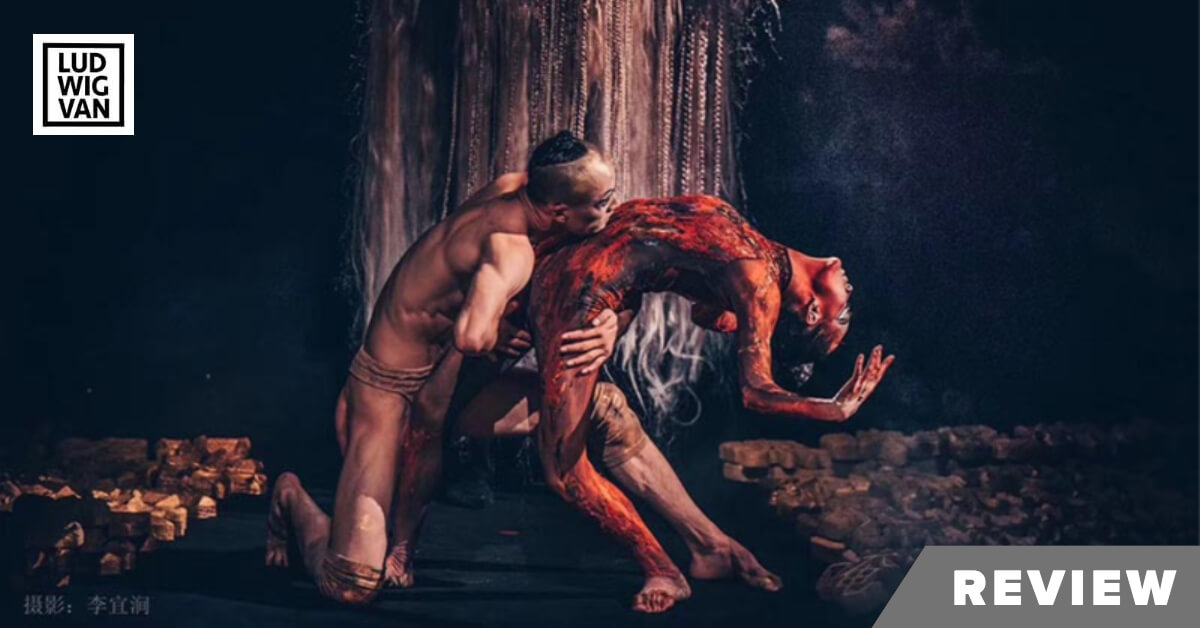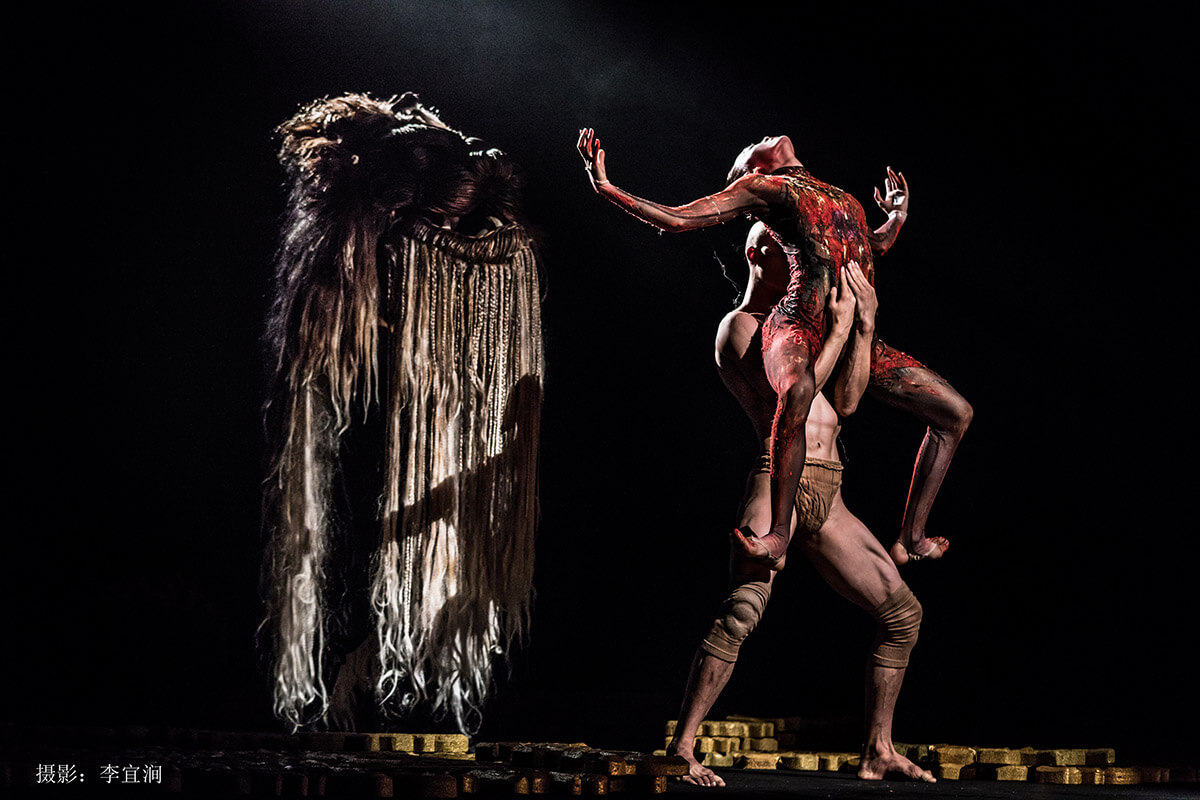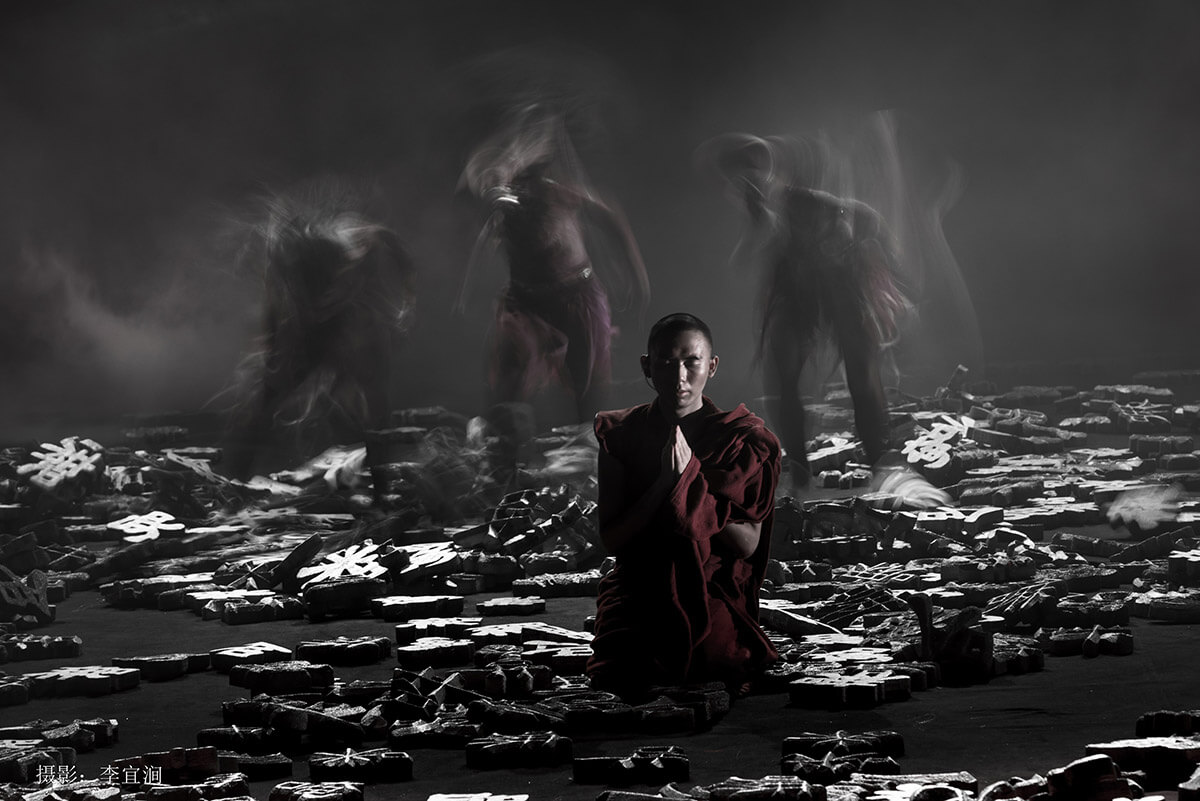
Luminato Festival & Peacock Contemporary Dance Company/Rite of Spring, directed and choreographed by Yang Liping, music by Igor Stravinsky and Xuntian He, MacMillan Theatre, June 20 to 22. Tickets available at luminato.com.
Yang Liping’s Rite of Spring is what Luminato is all about, why the festival is so important to the cultural life of this city. As well as showcasing the talents of local and Canadian artists, Luminato is also an international festival, and as such, its mandate is to introduce Toronto to the rich diversity of arts and culture from abroad. The North American premiere of this magnificent Rite of Spring from China is a jewel in the crown of the Luminato 2019 playbill — “a beg, borrow or steal a ticket” kind of show.
First for some background. Yang is a member of the Bai ethnic minority, born in Yunnan province in the southwest corner of China which borders Tibet, Myanmar, Vietnam and Laos. Yang exploded onto the Chinese dance scene in 1986 with a performance of her version of the Peacock Dance, the most important traditional folk dance of Yunnan. In fact, she is known in China as the Peacock Princess. Movement elements of the Peacock Dance and other Yunnan folk dances are foundation stones of her choreographic language. Yang, however, is also considered a contemporary choreographer for her fusion of folk dance and original movement. She is a visionary, surrounding her dances with stunning visual elements. Rite of Spring is simply breathtaking.

Stravinsky’s 1913 iconic ballet was inspired by scenes from pagan Russia. The first part is called “Adoration of the Spring”, followed by “The Sacrifice”, in which a virgin maiden, the Chosen One, becomes the sacrificial victim and literally dances herself to death. Yang’s Rite of Spring interprets Stravinsky’s ground-breaking score from the perspective of Eastern aesthetics, wisdom and philosophy. In Yang’s version, the original Stravinsky work is bookended by Tibetan-influenced new music composed by Xuntian He, replete with chants and gongs. So complex is the mostly Buddhist symbolism and mythology that underlines the work, that the audience is given a fourteen-page booklet explaining the various episodes and their meaning.
Yang’s Rite of Spring is made up of three sections, “Incantation”, “Sacrifice” and “Reincarnation”, and is performed by fourteen dancers. Yang’s Chosen One willingly gives herself to be sacrificed, in other words, to accept enlightenment, end the cycle of suffering, and be reborn as a deity, a Buddha-self. For Yang, spring represents a coming back to life of nature in all its aspects. A male dancer portrays a priest or sage who leads the Chosen One through sexually graphic physicality, while another character is the White Lion, an important symbol to the minorities of Yunnan, representing bravery, mercy, sorrow, joy and sacrifice. There are also various goddesses that appear from time to time, amid the bevy of a very talented female corps de ballet.
Throughout the entire piece, a hermit lama/monk toils away creating a mandala that covers the entire stage, and which is made up of hundreds of carved individual Chinese characters. As he puts bundles of characters into his heavy carry basket, and then totes them to another part of the stage, and then arranges them in patterns, he is oblivious to the ritual sacrifice taking place around him. He represents persistence and obsession, a cycle that needs to be broken, and even during the curtain call, he continued to follow his job of work, even as the audience left the theatre.

As I write this, I can see how dry I’m sounding in my desire to explain the genesis of the piece, so readers can begin to perceive what is happening on stage. In truth, words fail me. Yang has created a world of shapes, patterns, and colours that explode from the stage and overwhelm the senses. The movement ranges from quiet, rippling ritualized dances, to the frenzied rage of desire, and everything in between. The parade of images is absolutely staggering in its beauty. Bodies bend, arch, contort, extend and contract in gorgeously controlled movement patterns. For example, at one point, the feet of the women are somehow anchored under a metal pipe, which then allows them to move their bodies freely through space at unbelievable angles, like a kite taken up by the wind. At another time, the flickering elongated feathers on their fingers shimmer and shake like a majestic flight of birds. Projections create a panorama of rainbow hues, matched by the dazzling array of shades in the exquisite costumes. Tim Yip is credited as visual director, and clearly, he and his brilliant design team have created a magical, celestial, mythological world to bring Yang’s vision to life.
With Rite of Spring, Luminato has introduced Toronto to the unlimited and fertile imagination of Yang Liping. Let us hope that she and her company become regular visitors to the city.
LUDWIG VAN TORONTO
Want more updates on classical music and opera news and reviews? Follow us on Facebook, Instagram or Twitter for all the latest.
- INTERVIEW | Actor Diego Matamoros Takes On Icon Walt Disney In Soulpepper Production Of Hnath Play - April 16, 2024
- SCRUTINY | Opera In Concert Shine A Light On Verdi’s Seldom Heard La Battaglia Di Legnano - April 9, 2024
- SCRUTINY | Lepage & Côté’s Hamlet Dazzles With Dance And Stagecraft Without Saying Anything New - April 5, 2024



